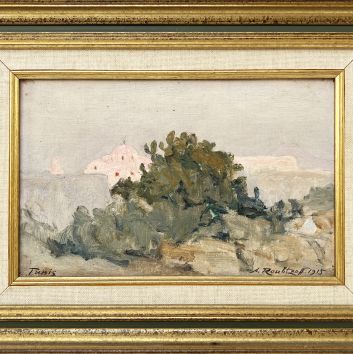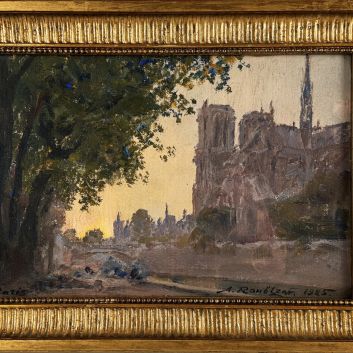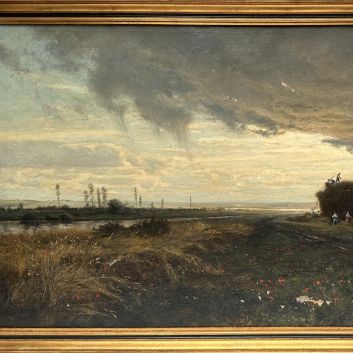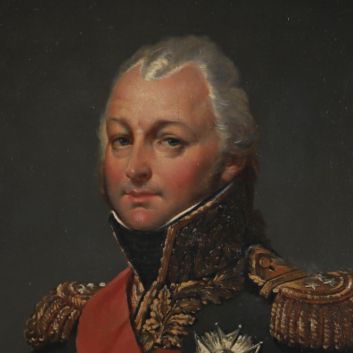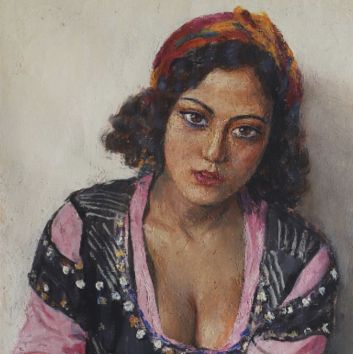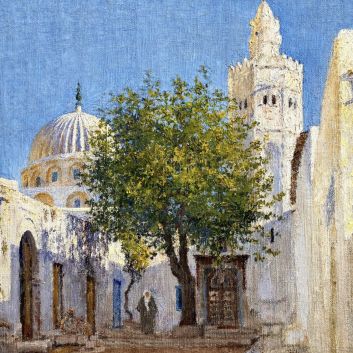Cote et valeur des tableaux russes de Adolf Baumgartner Stoiloff
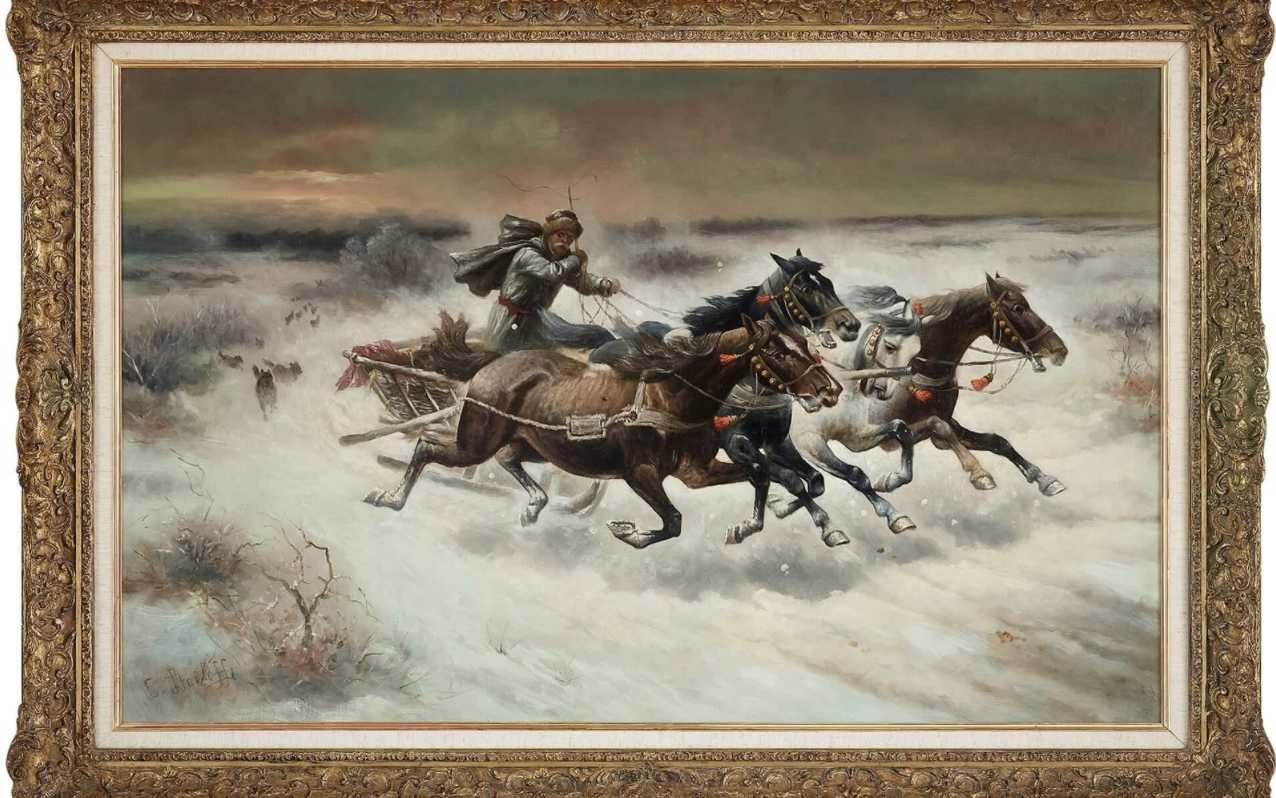
Si vous détenez une œuvre réalisée par l’artiste Adolf Baumgartner Stoiloff ou d’après son travail et que vous souhaitez connaître sa valeur, nos experts et commissaires-priseurs agréés par l’État vous aiguilleront.
Nos spécialistes réaliseront une expertise gratuite de votre œuvre, et vous transmettront une estimation précise de sa valeur sur le marché actuel.
Par la suite, si vous désirez vendre votre œuvre, nous vous orienterons vers le meilleur dispositif possible pour en obtenir un prix optimal.
Cote et valeur de l’artiste
Artiste majeur de la peinture slave et autrichienne, Baumgartner Stoiloff s’impose sur marché de l’art dès le XIXème siècle. Depuis, sa cote ne cesse d’augmenter, plaçant alors l’artiste comme valeur sur du marché.
Très recherchés par les collectionneurs, les tableaux de guerre de Adolf Baumgartner Stoiloff font partie des plus populaires en salle des ventes.
Ainsi, les œuvres de l’artiste se vendent entre 70 et 24 000 € aux enchères. En 2004, son huile sur toile Le convoi doré sibérien, a été adjugée 24 000€, tandis qu’elle était estimée entre 9 000 et 12 000€.
Ordre de valeur allant du plus basique au plus prestigieux
Technique utilisée | Résultat |
|---|---|
Dessin - aquarelle | De 70 à 770 € |
Peinture | De 80 à 24 000 € |
Réponse en - de 24h
Les œuvres et le style de l’artiste
Baumgartner Stoiloff a développé un style distinctif caractérisé par le réalisme russe combiné au genre des tableaux militaires. Il recherche également les effets de transparence, ajoutant une profondeur visuelle à ses créations. Par ailleurs, il est influencé par la peinture autrichienne.
L'œuvre de Adolf Baumgartner Stoiloff est souvent caractérisée par des compositions complexes ainsi qu’un esprit sévère et austère. Son style unique a contribué à le positionner comme l'un des artistes majeurs du réalisme russe ; ainsi que des peintres militaires autrichiens.
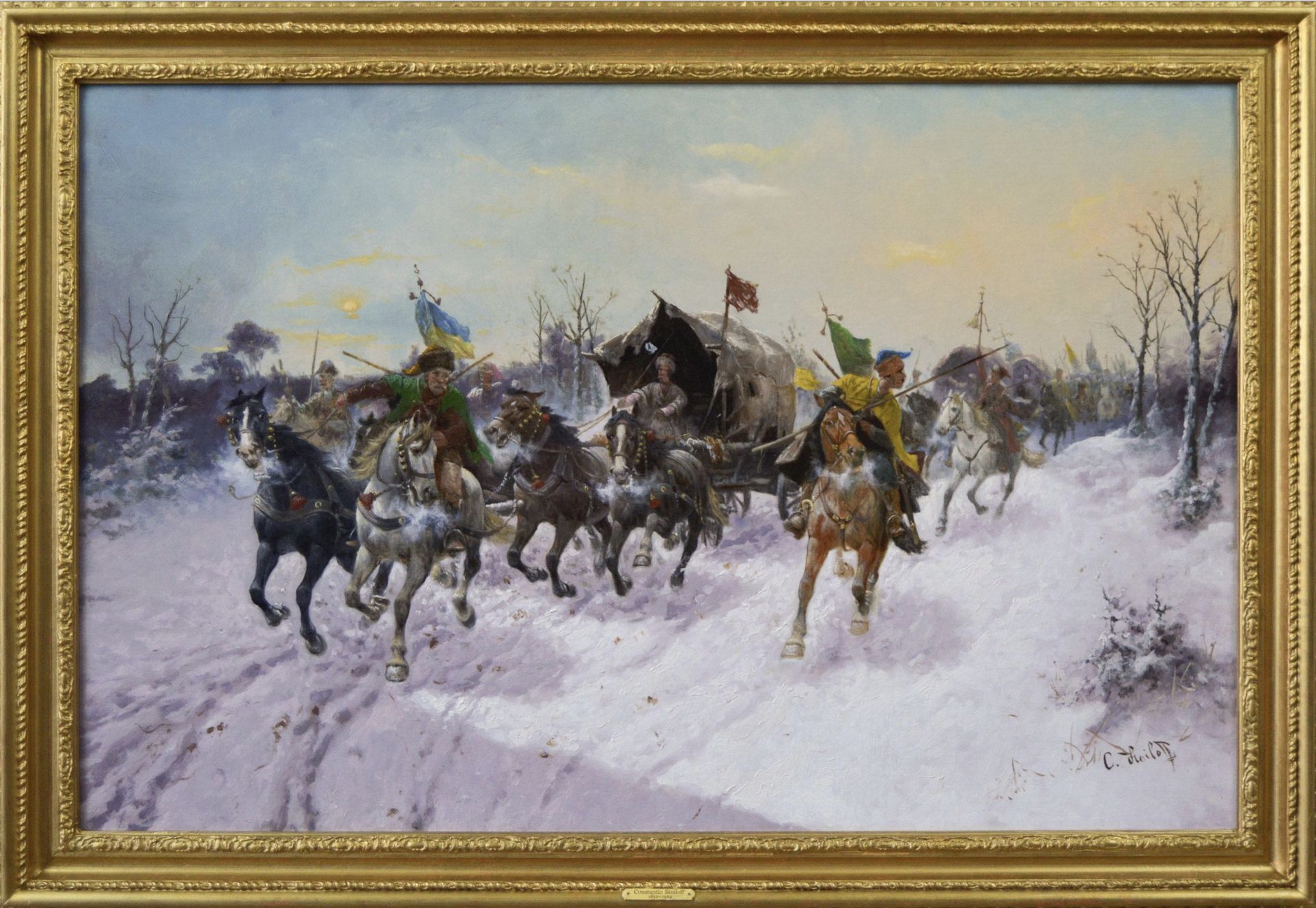
Adolf Baumgartner Stoiloff, peintre militaire russe
Adolf Baumgartner Stoiloff (ou Adolf Konstantin Baumgartner Stoiloff, Constantin Stoiloff, Konstantin Stoilov Baumgartner) (1850-1924) est un peintre militaire autrichien, russe et bulgare.
Il naît à Linz, en Autriche. Il quitte son pays natal pour aller faire des études d’art en Russie, plusieurs sources russes rapportent qu’il a étudié à l’Académie impériale de Saint-Pétersbourg, comme plusieurs peintres militaires de l’époque, dont Franz Roubaud.
Contrairement à son confrère, il s’oriente davantage vers la représentation de chevaux que de soldats à proprement parler. Ainsi, ces animaux, et notamment ceux servant au combat à l’époque deviennent une véritable iconographie chez l’artiste, puisqu’il l’utilise dans bon nombre de ses tableaux.
Grâce aux chevaux, il va peu à peu s’intéresser aux représentations de chasseurs russes, tout en gardant des personnages cosaques dans ces tableaux. Ces derniers sont des soldats devenus des symboles de l’Armée russe qui ont combattu et ont joué un rôle important dans l’annexion de certaines terres russes.
Originaires de la steppe pontique, ils sont à l’origine des mercenaires et des pirates qui se convertissent au christianisme et jouent surtout un rôle de gardiens de frontières. À l’origine, ils arrivent des terres ukrainiennes et arméniennes mais peu à peu de tous les pays slaves.
Appartenir à ces groupes leur permettait une formation militaires rapide, ainsi qu’un cadre moins régulier que ceux de l’Armée impériale, avec laquelle ils échangent cependant. Des géographes ont même qualifié la steppe pontique « d’Est sauvage de l’Europe ».
Les cosaques ont un fonctionnement de démocratie directe, ils élisent leur chef militaire et ont leurs propres techniques de combat. Connus pour utiliser beaucoup de chevaux, formant ainsi des lignes avec des chariots en bois, ce qui explique pourquoi on les retrouve beaucoup dans les tableaux de Baumgartner Stoiloff.
Focus sur un tableaux de cavaliers de Baumgartner
Adolf Baumgartner-Stoiloff, habituellement reconnu pour ses scènes épiques et cavalières, nous dévoile ici une course effrénée de cosaques dans un paysage hivernal. L’artiste met en lumière une scène de mouvement intense, où des cavaliers traversent la neige à vive allure, en tirant un chariot couvert.
On y voit plusieurs cavaliers, vêtus de manteaux colorés, s'élancer dans un paysage enneigé. Le froid est palpable, avec la neige soulevée par les sabots des chevaux, et les silhouettes des arbres nus en arrière-plan.
Le ciel, légèrement doré par les derniers rayons du soleil, adoucit l’ensemble et apporte une légère chaleur à cette scène glaciale.
Le peintre capture ici un moment de tension et de rapidité, les cavaliers armés de lances et portant des bannières suggèrent une mission importante ou un raid.
Tout, des muscles tendus des chevaux aux visages concentrés des cavaliers, respire l’urgence. Le chariot, en arrière, ajoute une touche narrative : transporte-t-il des vivres, du matériel, ou est-ce un convoi de fugitifs ?
Les détails sont minutieusement travaillés, notamment les chevaux, dont les crinières et les postures traduisent la maîtrise et la force. Les couleurs, bien que dominées par les tons froids de la neige et du ciel, sont contrastées par les manteaux vifs des cavaliers, attirant le regard vers les personnages principaux.
Avec cette œuvre, Baumgartner-Stoiloff démontre non seulement sa capacité à représenter l'action, mais aussi à insuffler une certaine poésie dans une scène pourtant pleine de violence contenue.
La lumière douce qui baigne le paysage, les détails des vêtements et des drapeaux, tout contribue à créer une scène vivante et immersive, où chaque élément a sa place pour raconter une histoire.
Le contraste entre la brutalité des conditions et la beauté du paysage crée un équilibre subtil, et l’artiste montre ici qu’il excelle non seulement dans l’action mais aussi dans la représentation de la nature et des détails du quotidien.
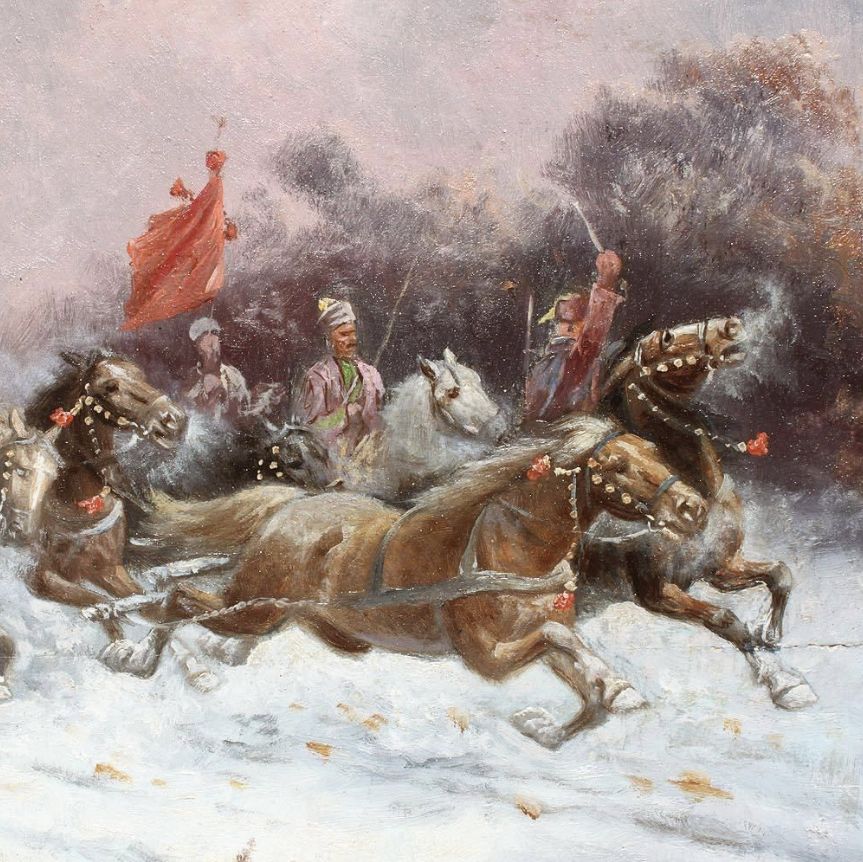
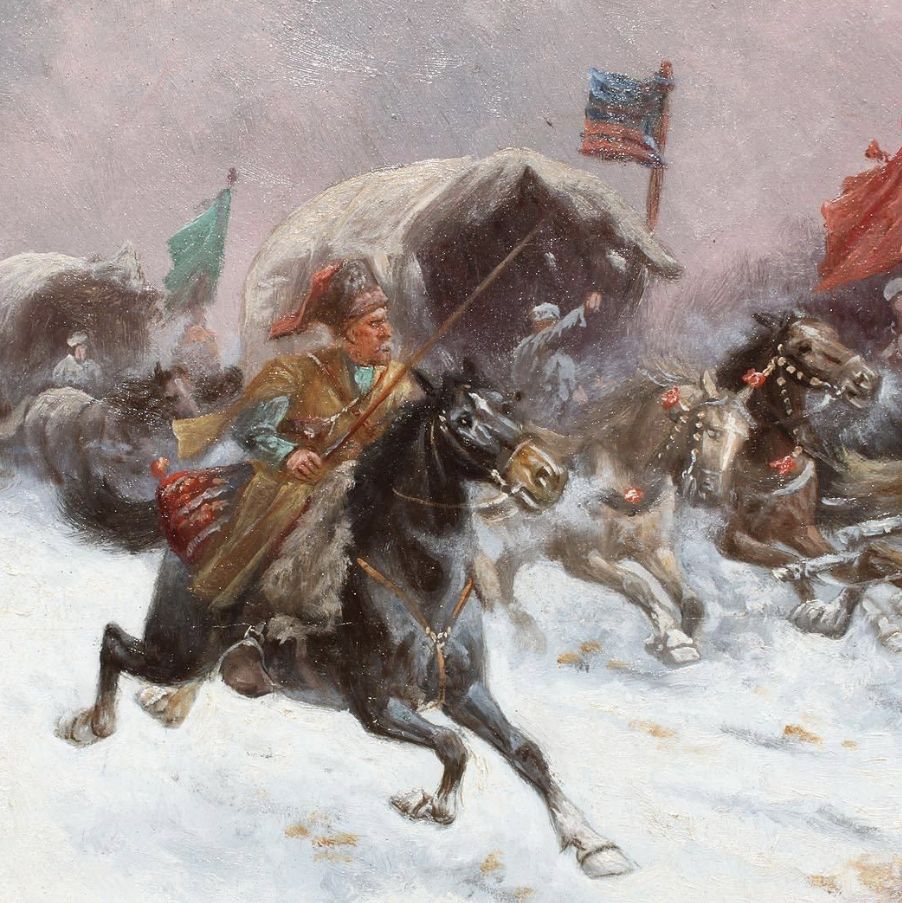
La peinture militaire en Europe de l’Est et en Russie au XIXème siècle
La peinture militaire en Russie et en Europe de l’Est au XIXe siècle se caractérise par une forte charge émotionnelle et un souci du détail qui reflètent les grands bouleversements historiques de cette époque.
Marquée par les guerres napoléoniennes, les insurrections nationales et les conflits d’expansion territoriale, cette période a donné naissance à une riche tradition picturale où l’art et l’histoire se rencontrent pour immortaliser les scènes de bataille, les héros militaires et les événements marquants.
En Russie, les peintres militaires tels que Franz Roubaud, Vasily Vereshchagin, ou Bogdan Willewalde se sont illustrés par des œuvres monumentales retraçant les grandes victoires de l’Empire.
Roubaud, connu pour ses panoramas épiques, recréait des scènes immersives, souvent à grande échelle, qui plongeaient le spectateur au cœur de l’action.
Ses œuvres, comme le Panorama de Borodino (1887), qui représente une des batailles décisives contre Napoléon, sont des témoignages vivants des sacrifices et des triomphes des armées russes.
La peinture militaire russe, en général, se concentre sur l'héroïsme des soldats, l’immensité des batailles, mais aussi sur la dureté des conditions de guerre, souvent dans des paysages grandioses et imposants.
En Europe de l’Est, la peinture militaire est souvent liée aux luttes pour l’indépendance nationale. En Pologne, par exemple, des artistes comme Juliusz Kossak et son fils Wojciech Kossak ont immortalisé les soulèvements contre les puissances voisines (Russie, Prusse, Autriche) qui avaient partagé la Pologne.
Leur œuvre met en avant la fierté nationale et la bravoure des soldats polonais, notamment les célèbres uhlans (cavaliers légers). Ces artistes dépeignent les batailles avec un grand souci de précision, tant dans les uniformes que dans les stratégies militaires, tout en insufflant une forte dimension émotionnelle.
La peinture militaire devient alors un moyen de résistance culturelle, une manière de maintenir en vie la mémoire des luttes passées.
Un autre aspect marquant de la peinture militaire dans cette région est l'importance accordée à la représentation des Cosaques.
Ces cavaliers redoutables, issus des régions frontalières de l'Empire russe, sont souvent représentés dans des scènes de combat, mais aussi dans des moments de vie quotidienne, illustrant leur rôle clé dans les guerres de l’Empire.
Des artistes comme Adolf Baumgartner-Stoiloff et Josef Brandt ont capté la mobilité, la vitesse et la puissance de ces guerriers, créant des œuvres dynamiques où les chevaux et les cavaliers semblent sur le point de jaillir hors du cadre, tout comme l’ont fait Nicolas Toussaint Charlet ou le baron François Gérard pour la France.
La peinture militaire de cette époque se distingue donc par un réalisme minutieux, des nuances de couleurs vives et contrastées, et une composition qui souligne l’importance des actions individuelles dans la marche de l’Histoire.
Qu’il s’agisse des vastes plaines russes ou des montagnes d’Europe centrale, les artistes de cette période parviennent à magnifier à la fois la beauté des paysages et la violence des combats, tout en mettant en lumière les émotions des soldats, qu’il s’agisse de courage, de souffrance ou de camaraderie.
L’empreinte de Adolf Baumgartner Stoiloff sur son époque
Adolf Baumgartner Stoiloff marque durablement son époque en Russie et dans le monde entier, il reçoit de nombreuses publiques émanant directement du Tsar ou d’États européens. Aujourd’hui, ses œuvres sont toujours recherchées par quelques collectionneurs.
Ses toiles sont conservées un peu partout dans le monde, dont au Canada, aux États-Unis, en Autriche et en Russie.
Sa signature
Les œuvres de Adolf Baumgartner Stoiloff ne sont pas toutes signées.
Même s’il y existe des variantes, voici un premier exemple de sa signature :
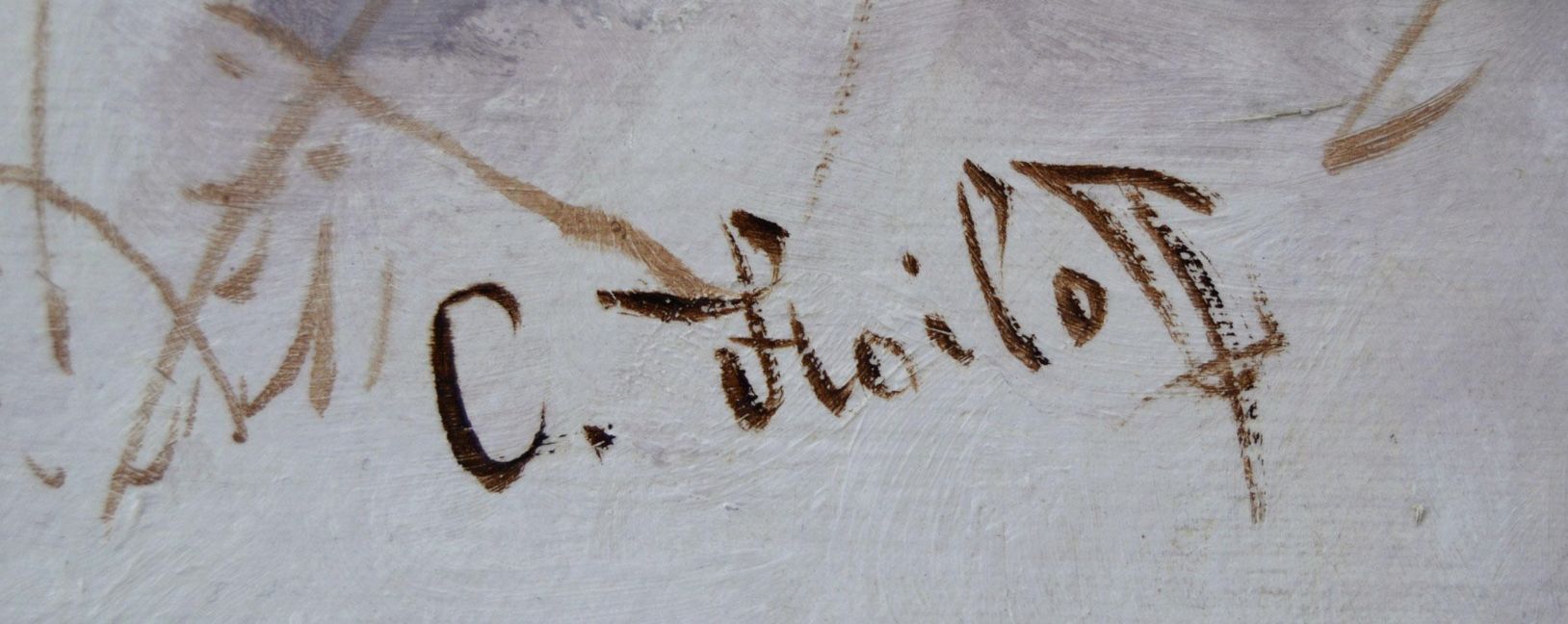
Expertiser votre bien
Si vous êtes propriétaire d'une œuvre de Adolf Baumgartner Stoiloff, n'hésitez pas à solliciter une évaluation gratuite en remplissant notre formulaire en ligne.
Un membre de notre équipe, composée d'experts et de commissaires-priseurs agréés, vous contactera pour vous fournir une estimation de la valeur marchande de votre œuvre.
Si vous envisagez de vendre votre œuvre, nos spécialistes vous guideront également à travers les différentes alternatives disponibles pour obtenir le meilleur prix possible, en tenant compte des tendances du marché et des spécificités de chaque œuvre.
Réponse en - de 24h
A découvrir dans la même thématique
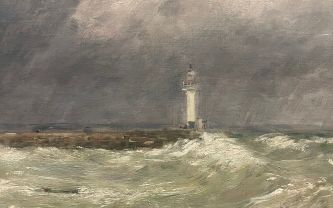
Cote et valeur des oeuvres, tableaux, dessins de Eugène Boud...
Eugène Boudin est un peintre de marine du XIXème siècle, qui a produit des dessins et tableaux. Leur valeur et leur cote sont hautes aux enchères.
En savoir plus >
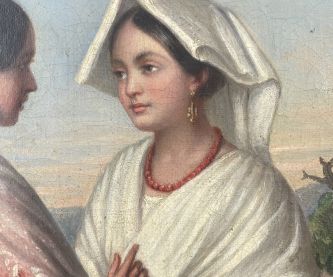
Cote et valeur des tableaux, dessins, peintures de Sophie Al...
Sophie Allart est une artiste du XIXème siècle qui a majoritairement des huiles sur toile pour l'instant non cotées sur le marché des enchères.
En savoir plus >

Cote et valeur des tableaux, dessins, peintures de Thomas Co...
Thomas Couture est un peintre du XIXème siècle qui a produit des oeuvres dont la cote et la valeur sont élevées aux enchères. Estimation en 24h !
En savoir plus >
Site sécurisé, anonymat conservé
Commissaire-priseur et expert agréé par l'État
Estimations gratuites et certifiées
